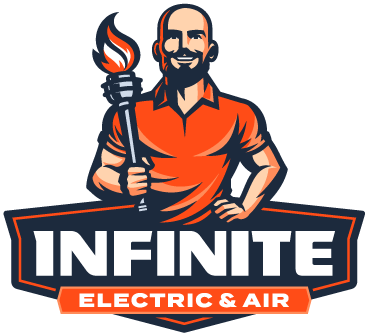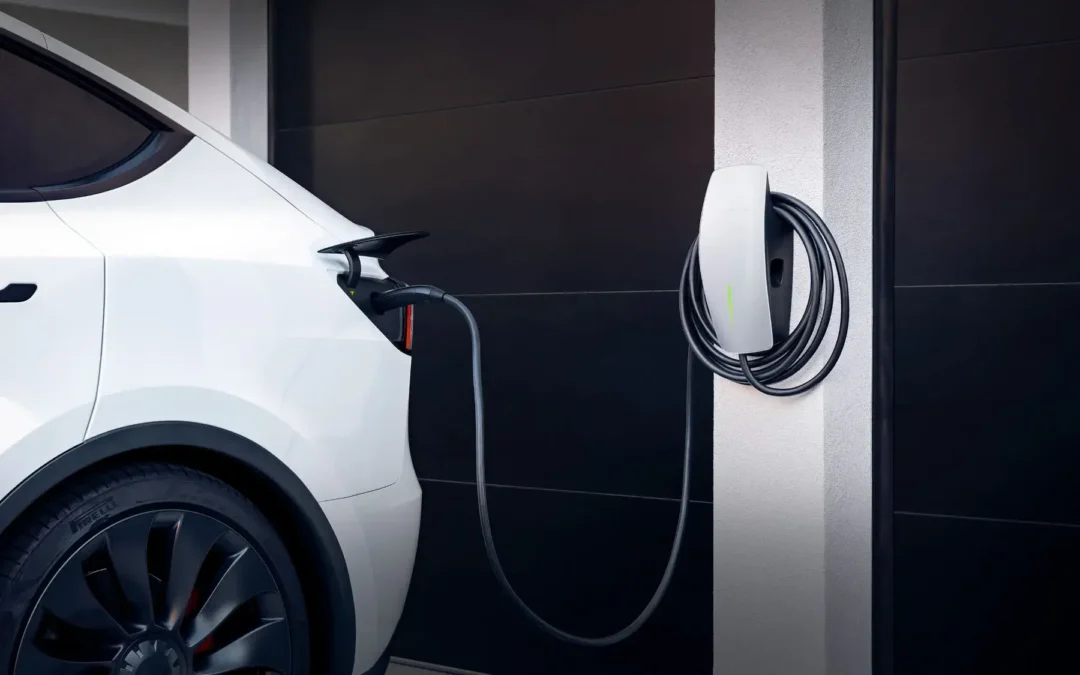Living in Southwest Florida means enjoying year-round sunshine, palm trees, and access to the Gulf Coast lifestyle. But it also means preparing for hurricane season every year. If you own a Tesla or another electric vehicle (EV), ensuring your charging setup is storm-proof is just as important as stocking up on bottled water and hurricane shutters. At Infinite Electric & Air, we help homeowners and EV owners prepare for storm season with reliable electrical solutions designed to withstand Florida’s extreme weather.
In this article, we’ll cover how to storm-proof your Tesla charging setup in Southwest Florida—from surge protection to backup power—so you’re never left stranded after a storm.
Why Storm-Proofing Your EV Charger Matters
Tesla vehicles rely on consistent access to electricity, but hurricanes and severe storms in Southwest Florida often cause:
- Extended power outages that last days or weeks.
- Power surges from lightning strikes that damage sensitive electronics.
- Flooding risks that threaten both your home’s electrical system and your EV charger.
- Grid instability that can interrupt charging cycles or even damage your Tesla.
Without preparation, your EV charger could be left vulnerable, potentially leaving you without transportation during a critical time.
Step 1: Install Whole-Home Surge Protection ⚡
The first and most important step in storm-proofing your Tesla charger is surge protection. Florida is the lightning capital of the U.S., and lightning strikes can send powerful electrical surges through your home’s wiring.
- Why it matters for EV owners: Tesla Wall Connectors and other EV chargers contain sensitive circuitry that can be destroyed by a single surge.
- Solution: A licensed electrician can install a whole-home surge protector at your electrical panel, creating a shield for all appliances—including your Tesla charger.
At Infinite Electric & Air, we install high-quality surge protectors designed for the unique storm conditions of Southwest Florida.
Step 2: Secure a Backup Power Source 🔋
Power outages are common during hurricanes. Without power, your Tesla charger won’t operate. A backup power system ensures you can charge your vehicle even if the grid is down.
- Battery Backup (Tesla Powerwall or similar): Stores energy so you can charge your Tesla during outages.
- Standby Generators: Can be integrated into your home’s electrical system to provide power directly to your charger.
- Solar + Storage Systems: A solar array with battery storage allows you to generate and store your own electricity, reducing dependence on the grid.
Having a backup system not only keeps your EV ready but also powers essentials like refrigerators, AC, and lights.
Step 3: Protect Against Flooding 🌊
Southwest Florida homes are often in flood-prone areas. Protecting your EV charging station from water damage is crucial.
- Elevate the charger: Install your Tesla Wall Connector at a height above potential flood levels.
- Weatherproofing: Use weather-resistant enclosures and covers for outdoor charging stations.
- Garage installation: If possible, keep your charging setup indoors where it’s more protected from rain and debris.
Step 4: Upgrade to Hurricane-Ready Electrical Infrastructure 🏠
Storm-proofing isn’t just about the charger—it’s about your entire electrical system.
- Panel Upgrades: Older panels may not handle the demand of EV chargers plus backup power.
- Wiring Inspections: Ensuring wires are up to code reduces fire risks during power surges.
- Breaker Protection: GFCI and AFCI breakers provide added protection against electrical faults common during storms.
By strengthening your electrical system, you make your Tesla charging setup safer and more reliable.
Step 5: Schedule Regular Maintenance 🛠️
Storm-proofing isn’t a one-time job. Regular inspections are key to ensuring your system stays safe year after year.
- Annual electrical inspections before hurricane season.
- Testing backup systems to confirm they work when you need them most.
- Checking weatherproof seals and enclosures for wear and tear.
At Infinite Electric & Air, we recommend scheduling a pre-season inspection each spring.
Step 6: Create a Post-Storm Recovery Plan 🌪️
Even with the best preparation, storms can be unpredictable. Have a plan for safely restarting your Tesla charging setup after a hurricane:
- Wait until flooding has receded before using your charger.
- Inspect for visible damage (never touch exposed wires).
- Contact a licensed electrician for a full safety check before resuming charging.
Benefits of Storm-Proofing Your Tesla Charging Setup
Storm-proofing isn’t just about convenience—it’s about safety, protection, and peace of mind.
- Keeps your Tesla operational during emergencies.
- Prevents expensive equipment damage from power surges.
- Protects your home’s electrical system from hurricane-related failures.
- Adds value to your home with upgraded, hurricane-ready infrastructure.
Why Choose Infinite Electric & Air?
As a local Southwest Florida company, Infinite Electric & Air understands the unique challenges of living in a hurricane-prone region. We specialize in:
- Tesla charger installations.
- Surge protection systems.
- Generator and battery backup integrations.
- Electrical inspections and storm preparation services.
Our licensed and insured electricians provide high-quality service with safety and reliability at the forefront.
Conclusion
Storm-proofing your Tesla charging setup in Southwest Florida isn’t optional—it’s essential. By investing in surge protection, backup power, flood-proofing, and regular maintenance, you can ensure that your EV remains ready to roll, even when the storm clouds pass.
Don’t wait until the next hurricane warning—contact Infinite Electric & Air today to schedule your Tesla charger storm-proofing inspection.

